What is the development of automotive electronics? How do you play it? From advanced sensors to artificial intelligence, cars are fast becoming the paradise for the latest electronics technology and products...
A range of new technologies have emerged in automotive applications, including improvements in power systems, very complex telematics, and autonomous driving. Today's cars have more electronics. However, as features such as Advanced Driver Assistance Systems (ADAS) become standard, rather than expensive options, more advanced functional modules will enter the homes of ordinary people.
Some changes are being quietly implemented by improving sensors, processors and memory, software, and even human-machine interfaces that require real-time integration (see Figure 1). Here are some of the latest technologies and how their relationship with other technologies makes them even more important in automotive applications.
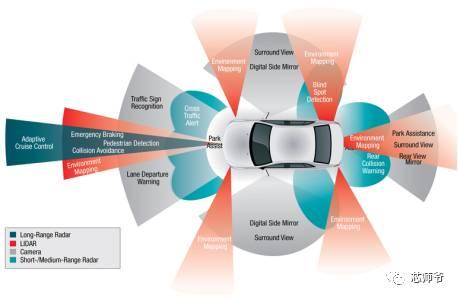
Figure 1. Multiple overlapping sensors are needed to provide the system with context-aware information to implement secure ADAS support
1. Progress of vehicle sensors
Automotive applications benefit from cameras that can stream 4K video. Together with machine learning (ML) software in artificial intelligence (AI), high-definition cameras are being used for obstacle and object recognition in advanced ADAS applications. Here, higher resolution is critical and it is also useful for backup cameras.
Multiple camera combinations can be used to provide a bird's eye view of Renesas Electronics around the car. For example, the R-Car Development Kit combines video streams from four cameras into a 360-degree view (see Figure 2). This is very useful when parking or navigating in a narrow place. More advanced ADAS systems highlight areas of conflict that may be encountered.
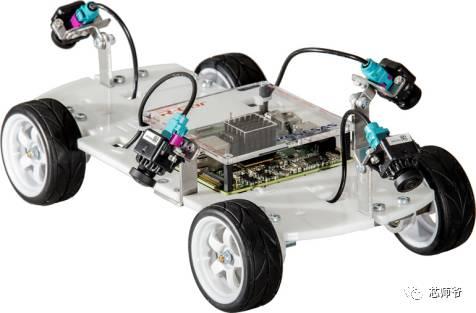
Figure 2. Renesas' R-Car SoC is capable of producing a 360-degree aerial view around the vehicle by weaving video streams from four cameras together.
Recently, there have been significant improvements in two range sensors, LiDAR and phased array radar. These are not new technologies, but significant advances in miniaturization and cost reduction will affect the timing and location of these systems.
For example, Innoviz (see Figure 3), LeddarTech, Quanergy, and Velodyne are companies that offer 3D solid-state LiDAR systems. These systems are suitable for use in fields such as robots, which are getting smaller and smaller and will have multiple units hidden around the car.
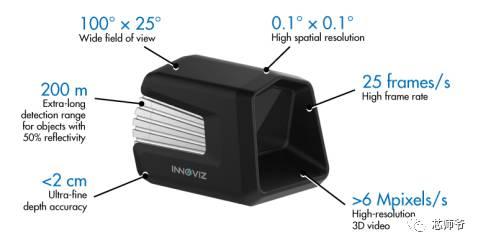
Figure 3. Innoviz is just one of many vendors offering 3D LiDAR technology.
InnovizOne has a depth of 200 meters and a range of better than 2 cm. It maintains a field of view of 100 degrees to 25 degrees and a spatial resolution of 0.1 to 0.1 degrees. The device delivers 25 frames per second at 3D resolution of over 6 Mpixels/s.
Phased array radar overcomes many of the limitations of LiDAR, allowing it to operate in rain and snow, otherwise it may mislead the optical system. Radar can be used to compensate for LiDAR and image systems. Some companies are working hard to provide technology in this area. For example, Texas Instruments' single-chip millimeter-wave sensor mmWave handles 76-81 GHz sensor arrays for sensors and ADAS applications.
All of these technologies are used in many areas, from manufacturing to security, and even 3D scanning and printing.
2, software progress
Currently, AI and ML are emerging because they provide efficient image recognition for ADAS, which is critical for safe self-driving or enhanced driving experience. The underlying technologies of AI and ML are based on deep neural networks (DNN) and convolutional neural networks (CNN).
Even in automotive applications, neural networks do not replace conventional software applications, but only solve some of the more difficult problems. Combined with new hardware, they can also be implemented in real time, which is necessary in applications that require high security, such as autonomous driving. In this case, the multi-core processor will play an important role, but the GPU can achieve better results (see Figure 4). Custom hardware is best, such as a dedicated digital signal processor (DSP) that can handle machine learning tasks.
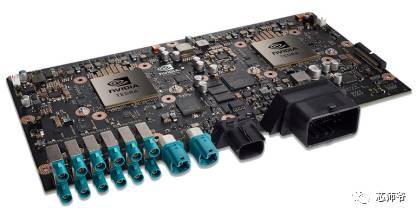
Figure 4. Drive PX2 from Nvidia is the latest multi-core CPU/GPU solution for automotive applications
The parallel processing performance of these solutions performs well in terms of multicore and transistor count growth in the design, even if the upper clock frequency peaks. Customized solutions have lower power consumption than more traditional processor solutions.
Advances in in-vehicle infotainment (IVI) systems are changing the way drivers and passengers visualize and how to connect smart devices and cloud-based applications to their cars. All car manufacturers offer cellular-based Wi-Fi car hotspots. More choices require a more powerful and open approach. In this regard, the GENIVI Alliance promotes open standards that are not related to the operating system.
For example, the Linux Foundation's Automotive Grade Linux (AGL) is an IVI system that has been supported by a wide range of vendors. Toyota's 2018 Camry (see Figure 5) and the future Toyota will use AGL.
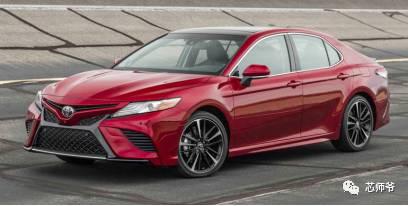
Figure 5. Toyota's 2018 Camry will run automotive-grade Linux (AGL) for its in-vehicle infotainment (IVI) system
Given the amount of information generated by a large number of sensors, as well as the data processed and generated by the AI ​​system and the video streams flowing in the in-vehicle network, the number of applications and tasks running on the car system can be surprising. In critical security areas, managing data distribution can benefit from standards such as the Object Management Group (OMG) Data Distribution Service (DDS), which provides secure, real-time management data exchange capabilities across the system. This approach is better than a point-to-point solution in a design that requires less connectivity between applications.
The hypervisor is another common tool, but it is not in the vehicle control settings. However, this change is also changing significantly due to the number and complexity of multi-core solutions and the need to combine safety and safety critical components with IVI and non-critical systems. Automotive-oriented hypervisors are available from vendors such as Blackberry QNX Hypervisor, Wind River VxWorks, Green Hills Software INTEGRITY Multivisor (see Figure 6), and Mentor Graphics' embedded management programs.
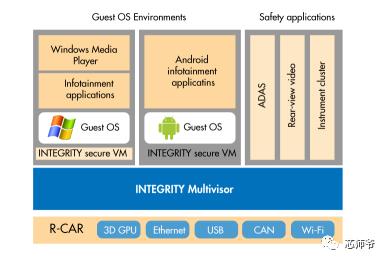
Figure 6. Green Hills Software's Multivisor provides virtual machine isolation for the Type 1 hypervisor, which is becoming more and more in a car environment that carries security and critical subsystems on the same hardware as the IVI subsystem. universal
The hypervisor allows partitioning of virtual machines (VMs) to partition security and security authentication. This means that non-critical components do not require the same level of authentication, which takes time and is very expensive. Similarly, the addition of limited security and security-related components by third parties has become more common in IVI over time.
Like Blackberry's QNX Hypervisor 2.0, such a Type 1 hypervisor is designed to be small, with low memory and performance overhead, but the functionality is critical to performance and security (see Figure 7). QNX provides a priority-based virtual CPU (vCPU) with a configurable scheduling policy. The hypervisor is based on the QNX SDP 7.0 RTOS, providing fine-grained management and security. The QNX Neutrino RTOS is a VM alternative that requires secure authentication. QNX OS for Safety has been certified to ISO 26262 by ASILD and IEC 61508 SIL3 and has been used in the SIL 4 certified EN 50128 system.
3. Progress in in-vehicle communication
Currently, CAN and LIN are still the mainstream control buses used in automobiles, but CAN-FD, FlexRay, MOST and Ethernet are also mixed, some of which are part of the IVI system, and ADAS sensor connections are added to these application combinations.
The RJ-45 jacks and CAT5 and CAT6 are hard to find under the hood, and the OPEN Alliance SIG's 100BASE-T1 and 1000BASE-T1 use a simpler wiring method. The IEEE 802.3 standard includes 100BASE-T1 in IEEE 802.3bw-2015 clause 96, which allows conventional microprocessor wiring with an Ethernet connection.
Currently, time-sensitive networks (TSNs) are being used in cars, at least in terms of IVI for audio and multimedia synchronization. TSN actually turns on audio-video bridging (AVB) support for automotive applications.
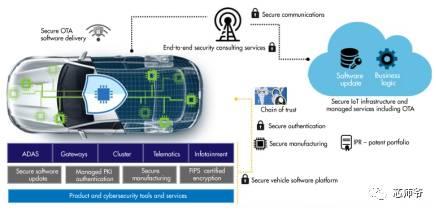
Figure 7. Security penetrates into every aspect of the automotive environment. Coordinating and supporting this infrastructure from manufacturing to secure airborne updates can be a challenge, and BlackBerry is trying to provide a complete solution.
However, not all car communications require wiring. Wi-Fi access points, as well as wireless communication functions such as cellular links, can already be set up here, and more communication methods will be adopted. Vehicle-to-vehicle (V2V) and vehicle-to-infrastructure (V2I) are part of the V2x portfolio, designed to improve ADAS and provide more environmental information for autonomous driving.
The discussion about V2X is hot, and many cities around the world are also testing deployments, which are often part of smart city construction, providing information from intersection detection and smart parking spaces to finding parking spaces or providing vehicle tracking. .
4, the progress of the user interface
If you have a better display, the IVI and ADAS systems will work better. Many technologies that have been proven and popular in other applications, such as OLEDs, are entering the concept car to provide curved display and a better viewing experience.
Head-mounted displays (HUDs) are becoming more common and complex, providing more information in a larger space.
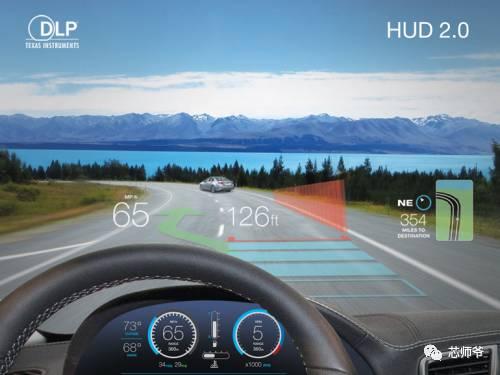
Figure 8. Texas Instruments' DLP3000-Q1 digital micromirror device (DMD) and chipset are automotive-certified to provide a 12-degree viewing angle
TI applied its DLP technology to the HUD (see Figure 8). Its DLP3000-Q1 digital micromirror device (DMD) and chipset have received automotive certification. The platform that provides a 12-degree field of view eliminates the need for a light source and does not require a bias source, which means that the system does not conflict with glasses with polarized lenses.
We have been talking about all the high-tech cars, but low-end technology combined with some high-tech support can provide users with an interesting solution, such as Mpow Universal HUD (see Figure 9). It uses a smartphone to display information and uses the same implementation as other HUDs. The app can display speed based on the sensor in the smartphone. This is different from the car HUD, the cost of 30 dollars is a difficult threshold to pass.
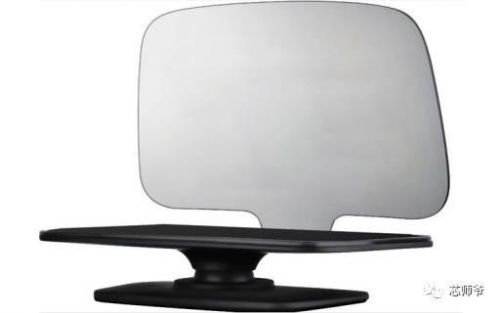
Figure 9. Mpow Universal HUD uses a smartphone to drive HUD
5 Conclusion
Cars are becoming the most complex consumer equipment, and steering the steering wheel on a chassis with four wheels and one engine is not easy. In the future, some cars will lose their steering wheel. At that time, we will experience a new driving experience. .
The utility model provides a disposable electronic cigarette, comprising: a hollow shell, the bottom of the shell is provided with a lower cover; the shell contains an atomizer, and the outer side of the atomizer is sheathed with a disposable cigarette A bomb, a microphone cover is arranged under the atomizer, a microphone is covered under the microphone cover, a battery is arranged on one side of the atomizer, and an upper cover is arranged on the top of the casing; The atomizer includes an atomizing core, an oil-absorbing cotton sleeved on the outside of the atomizing core, and an atomizer outer tube sleeved on the outside of the oil-absorbing cotton. The disposable electronic cigarette provided by the utility model absorbs the smoke oil on the surface through the absorbing cotton, and then atomizes the smoke through the atomizing core, which greatly reduces the risk of oil leakage, at the same time, reduces the burning of cotton and ensures the smoking taste.The utility model provides a disposable electronic cigarette, comprising: a hollow shell, the bottom of the shell is provided with a lower cover; the shell contains an atomizer, and the outer side of the atomizer is sheathed with a disposable cigarette A bomb, a microphone cover is arranged under the atomizer, a microphone is covered under the microphone cover, a battery is arranged on one side of the atomizer, and an upper cover is arranged on the top of the casing; The atomizer includes an atomizing core, an oil-absorbing cotton sleeved on the outside of the atomizing core, and an atomizer outer tube sleeved on the outside of the oil-absorbing cotton. The disposable electronic cigarette provided by the utility model absorbs the smoke oil on the surface through the absorbing cotton, and then atomizes the smoke through the atomizing core, which greatly reduces the risk of oil leakage, at the same time, reduces the burning of cotton and ensures the smoking taste.The utility model provides a disposable electronic cigarette, comprising: a hollow shell, the bottom of the shell is provided with a lower cover; the shell contains an atomizer, and the outer side of the atomizer is sheathed with a disposable cigarette A bomb, a microphone cover is arranged under the atomizer, a microphone is covered under the microphone cover, a battery is arranged on one side of the atomizer, and an upper cover is arranged on the top of the casing; The atomizer includes an atomizing core, an oil-absorbing cotton sleeved on the outside of the atomizing core, and an atomizer outer tube sleeved on the outside of the oil-absorbing cotton. The disposable electronic cigarette provided by the utility model absorbs the smoke oil on the surface through the absorbing cotton, and then atomizes the smoke through the atomizing core, which greatly reduces the risk of oil leakage, at the same time, reduces the burning of cotton and ensures the smoking taste.
maskking vape,maskking vape price,maskking vape review,maskking vape shop,,maskking vape cost,maskking vape disposable,maskking vape informacion
Suizhou simi intelligent technology development co., LTD , https://www.msmvape.com
